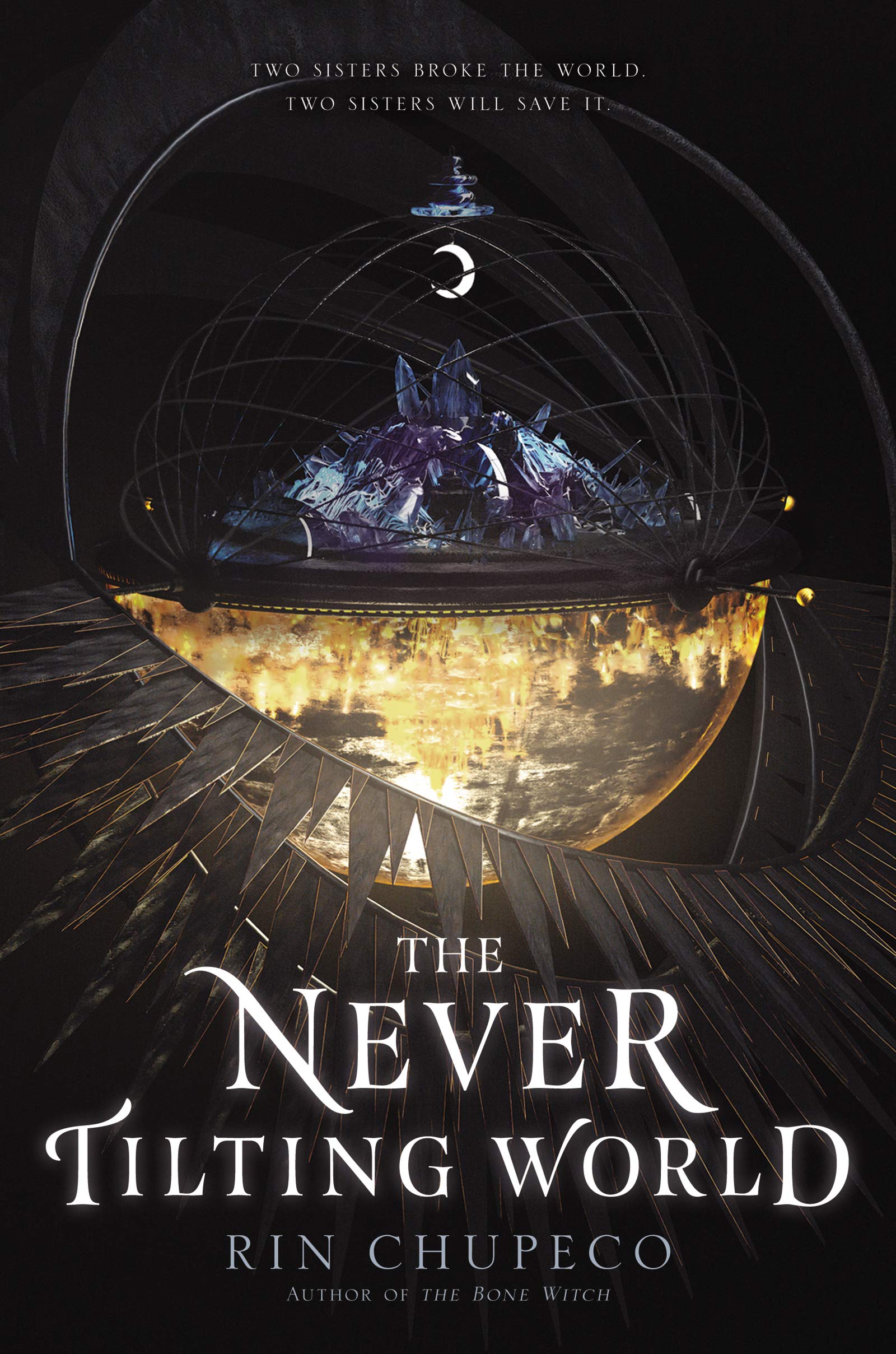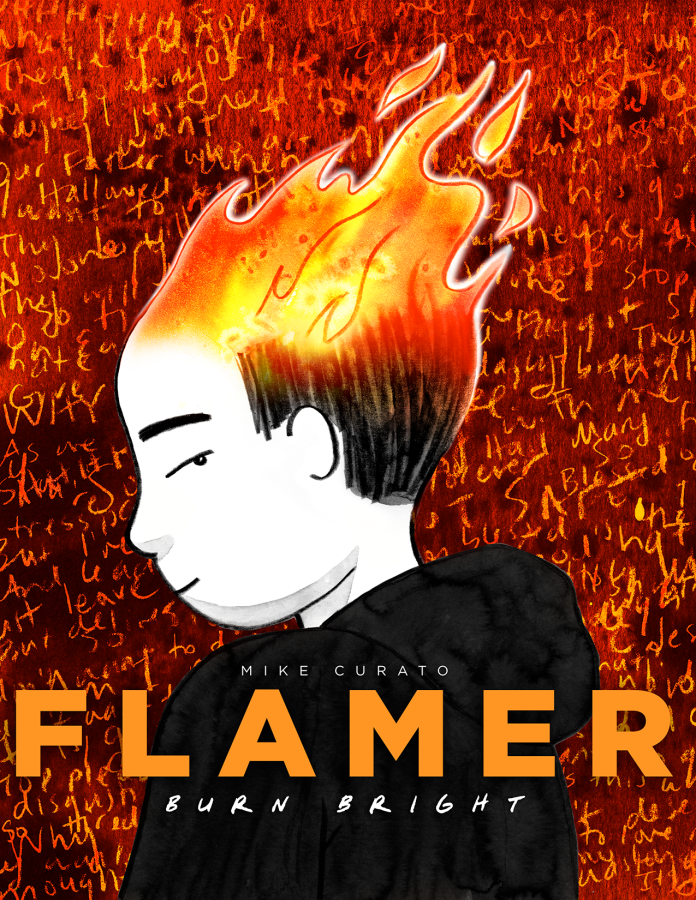Publisher: Small Beer Press (February 23, 2021)
Length: 248 pages
ISBN: 9781618731821
Adult Horror/Fantasy/Science Fiction


I’ll always have a soft spot for Small Beer Press; it was the first press to re-release Ted Chiang’s story collection. In this post, I'll cover some of my favorite stories from a more recent release of theirs: Isabel Yap’s absolutely outstanding debut Never Have I Ever.
“Good Girls” opens the collection with a reconsideration of the Filipino folk figure the manananggal, which is a kind of female vampiric construct. In this story, Yap employs the manananggal to explore the friendship between Kaye and Sara, two girls who attend boarding school together. The story moves dips in and out of two temporalities: in one, Kaye deals with a hunger that pushes her to locate and feed off the unborn. In the other, Kaye and Sara attempt to forge a connection despite the fact that Kaye might be considered to be a monster.
“A Cup of Salt Tears” takes us to Japan where the main character, Makino, takes care of her dying husband, Tetsuya. Makino strikes a deal with a kappa, a kind of water spirit, to help save Tetsuya. The deal is successful, but Makino must also confront the complexities of her strange relationship with Kawataro, the water spirit.

“Milagroso” pushes us into a science fictional terrain in which a Filipino family lives in a future in which most foods have been genetically modified to the point where what is considered miraculous is the consumption of natural products.
My favorite story in the collection is hands down “A Spell for Foolish Hearts” which follows the on-again-off-again romance between two coworkers, Karl and Patrick. This story is set in San Francisco and showcases Yap’s masterful understanding of the cityscape. There’s startups, coffee, and lots of fog, and then there’s the slow burn connection between Patrick and Karl. This story made me wistful for my time in the Bay Area!
In “Have You Heard the One about Anamaria Marquez,” the collection moves into a more traditional ghost story in which school girls must consider the possibility of a vengeful apparition stalking the school grounds.
“Hurricane Heels (We Go Down Dancing)” is a fun one. This spritely story explores the lives of a group of women after they discover they have superpowers, as well as their desire to balance a normal life alongside their duties as superpowered women.
“All the Best of Dark and Bright” reimagines a pre-colonial origin story of the first man and woman.
One of the darkest but most engaging stories ends the collection. In “A Canticle of Lost Girls,” Yap tackles the traumas that can emerge when encountering the institution of Catholic schooling. The story employs supernatural spirits to enact a form of retributive justice.
Every story is outstanding, and I certainly plan to use this book in future courses. I haven’t read many texts which so deftly explore the murky boundaries between Filipinx folklore and speculative conceits, so it’s a real treat to have this book out in the world. A definite must-read!
Buy the book HERE.
Review by Stephen Hong Sohn
Edited by Allie Arend






.jpg)

















